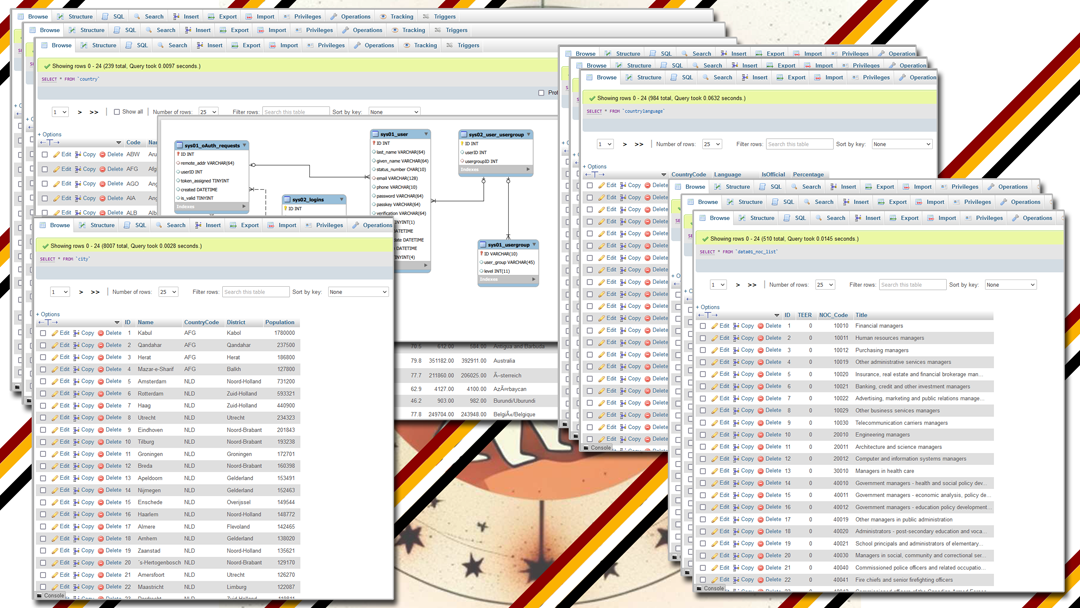
Database Applications
Database Applications are used in almost every facet of our everyday lives and it is transparent to the average user. Properly set up and managed, they become tools of great power allowing for up to the minute management of different tasks and even projects.
A Database Management System (DBMS) is a software for storing and retrieving users' data while considering appropriate security measures. It consists of a group of programs which manipulate the database. The DBMS accepts the request for data from an application and instructs the operating system to provide the specific data. In large systems, a DBMS helps users and other third-party software to store and retrieve data.